Check out the preprint of my first manuscript for this project
Arabidopsis: a model plant
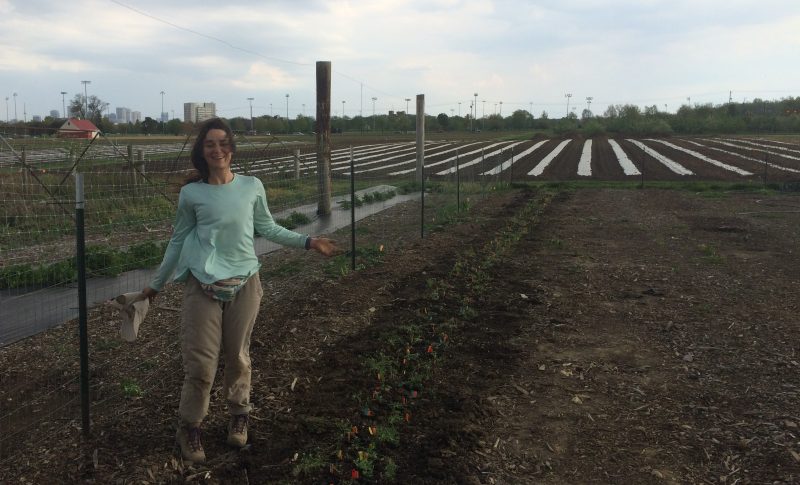
Mixing up the gene pool
How do species get new genes, or new combinations of genes? Two important ways are hybridization (breeding between two species typically unable to cross) and polyploidy (presence of extra sets of chromosomes). These two processes can often occur together, making it difficult to disentangle their independent effects on a species’ genome arrangement, cellular processes, evolution, ecology, and many other things biologists might want to study. I am interested in this question from an E & E perspective: hybridization and polyploidy have both been associated with the evolution of invasiveness in non-native species.

A Venn diagram showing which conditions should be present in order to experimentally disentangle hybridization and polyploidy. Seems simple, right?
It turns out we do not have a simple biological system where there is a representative for category of the Venn diagram! The missing link is often the diploid hybrid (probably because hybridization is more tolerated if there are extra chromosomes around to make neat pairs of lined up chromosomes during metaphase). The best system that currently exists is a plant: Arabidopsis. Although hybridization and polyploidy occur outside the plant kingdom, they have been especially important in the evolution of plants. Experimentally, plants like the fast-growing Arabidopsis are also preferable because they are easily bred and manipulated.
Meet the Arabidopsises (Arabisopsi?)
Arabidopsis thaliana, the well-known model plant species, is a weedy little Brassicaceae. Another weedy cress, Arabidopsis arenosa hybridized with A. thaliana in their native Europe to produce a new lineage: A. suecica. These species together comprise all quadrants of the Venn diagram except for the elusive hybrid diploid. And, fortunate for us, Ohio State houses thousands of types of Arabidopsis seed from all over the world.
Planting Arabidopsis
Since March, I have been farming Arabidopsis. First, I sowed the seeds and allowed them to germinate in a growth chamber. Once the seedlings got bigger and were crowding each other, I transplanted them. Most experiments with Arabidopsis stay in the growth chamber or greenhouse, but since I am interested in ecology my next move was to take the plants outside!
- Just germinated!
- Ready to transplant
- Transplanted–now everyone has plenty of space
- Shortly after transplanting, most A. thaliana flowered
- Moved outdoors to harden off
- An advantage to moving things outside: getting to see these plants produce anthocyanins in response to high light stress!
Recently, I moved my plants to Waterman Research Farm. Here, they are placed into the ground to experience the most realistic, ecologically relevant conditions possible. I am interested in seeing how the different species, both diploid and polyploid, and the hybrid will perform in terms of biomass and reproductive output. I am also applying nutrient and salt treatments to gauge how they respond to these environmental stressors. Much more work to do this summer!
- Colin and Nate help place plants into the ground
- Nate hard at work
- Colin hard at work
- We tucked soil carefully around each pot to keep it stable
- All tucked in
- The final step was running irrigation to each plant

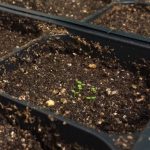
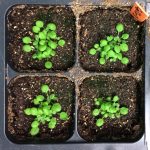
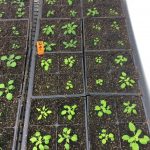

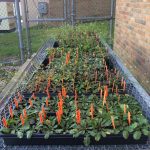
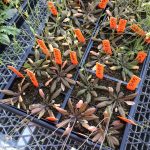
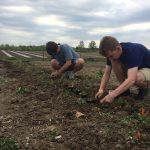
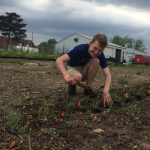
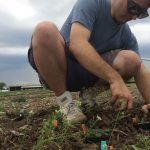



Amazing! Its genuinely amazing article, I have got much clear
idea on the topic of from this paragraph.